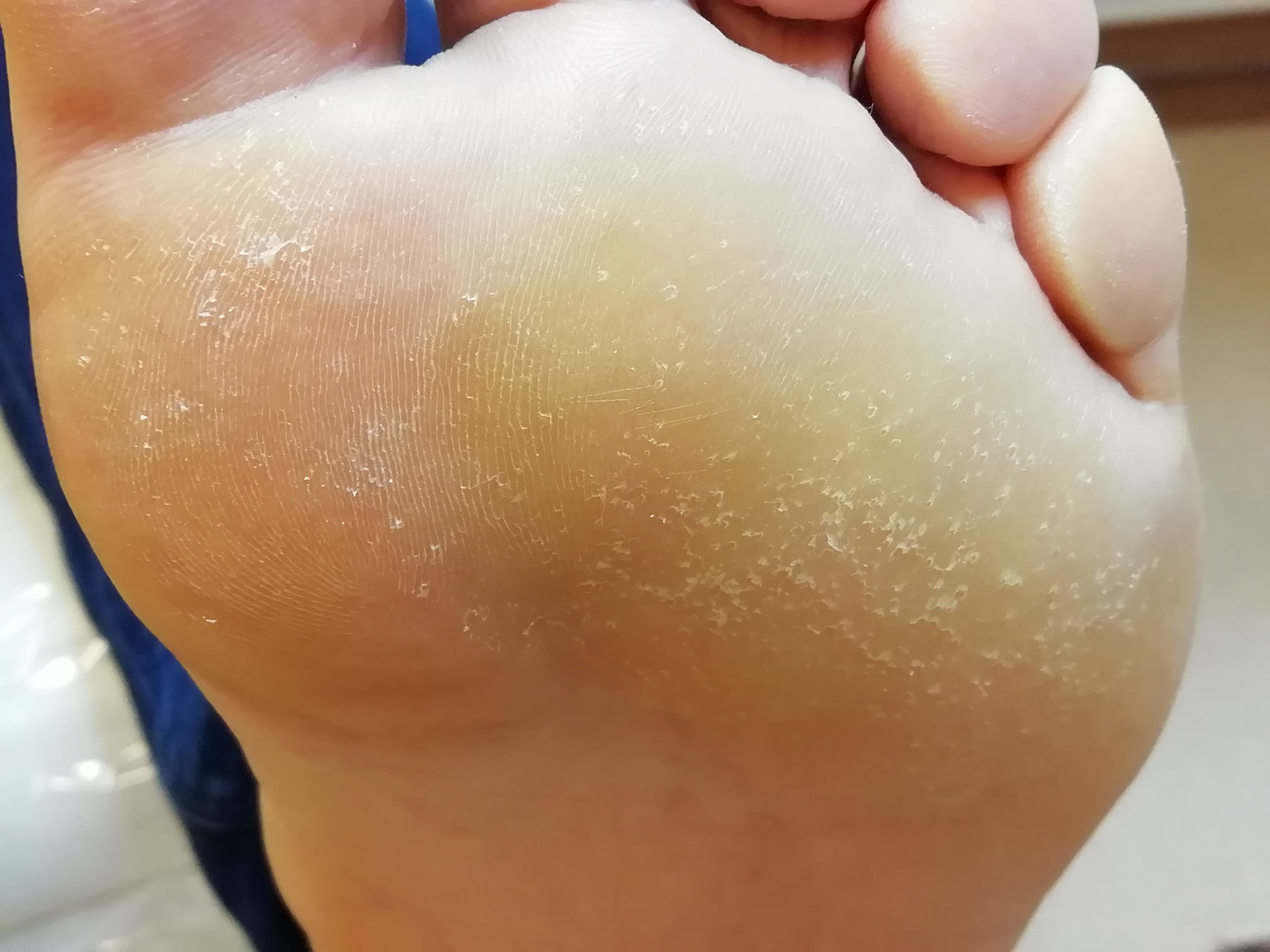
The human skin microbiome is represented by bacteria, fungi, viruses, and mites.
Aims
Every human being possess their own unique skin microbiome because intrinsic and environmental factors have a significant impact on the quality and quantity of microorganism. Every site of the body is a separate microbial niche.
Patients
The feet are one of the most unique and heterogeneous microbial niches of human body with areas that differ by skin thickness, anatomical features, distribution of sweat glands, pH, and the availability of oxygen.
Results
Healthy skin of the foot is inhabited by Corynebacteriaceae , Micrococcaceae , Propionibacteriaceae , Actinobacteria , Clostridiales , Lactobacillaceae , Streptococcaceae , Enterobacteriaceae , Moravellaceae , Neisseriaceae , Pastereullaceae , and Proteobacteria . The most common fungi present on the feet are Malassezzia , Cryptococcus , Aspergillus , Rhodotorula , Epicoccum , Saccharomyces , Candida , Epidermophyton Microsporum , and Trichophyton .
Conclusions
The disturbance of the foot microbiome causes dysbiosis and may lead to pitted keratolysis, fungal, and viral infections or even to protothecosis.
Authors: , , , . The foot microbiome. J Cosmet Dermatol. 2020; 19: 1039– 1043. https://doi.org/10.1111/jocd.13368
